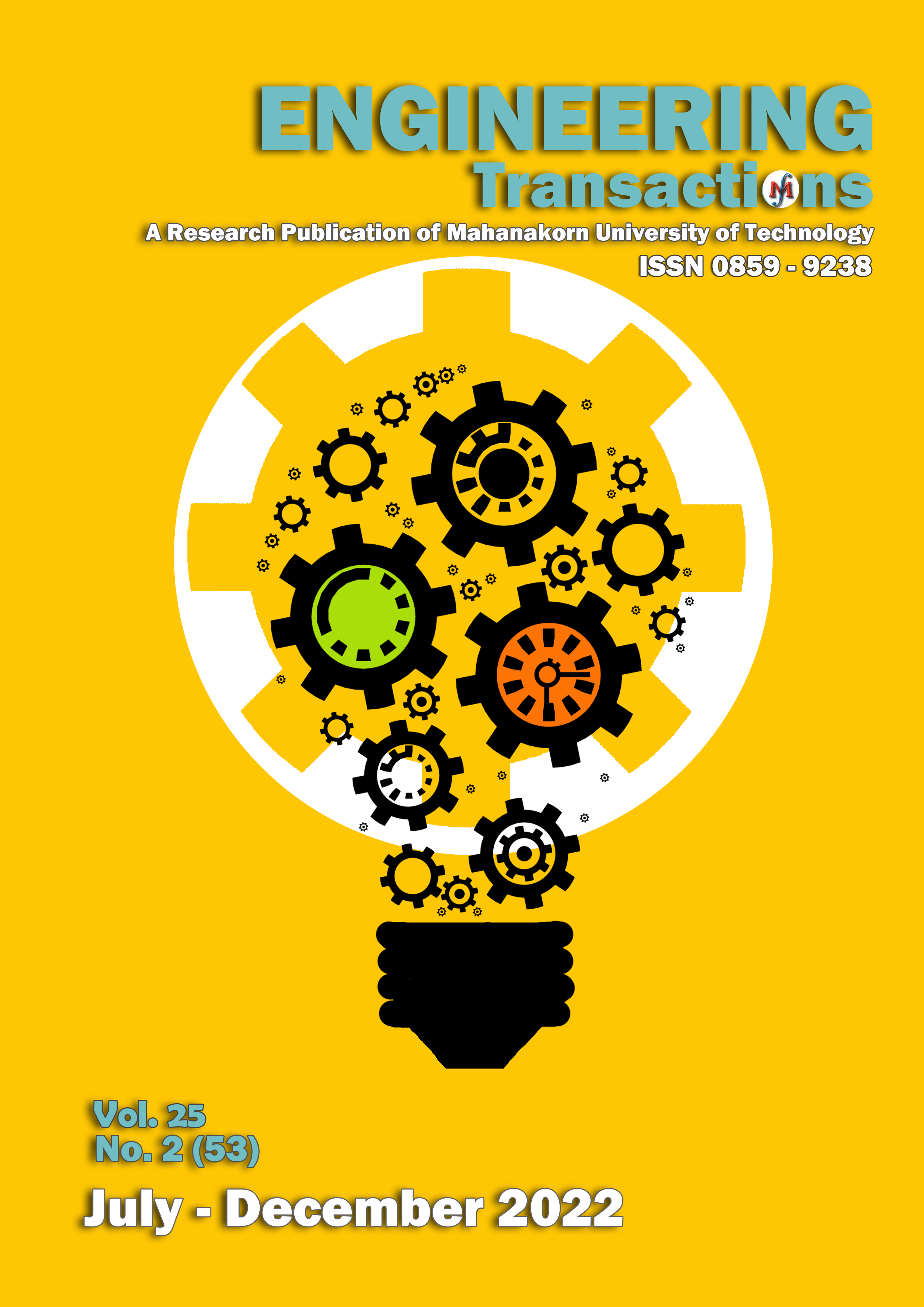3 Phase Motor Healthy Monitoring
Main Article Content
Abstract
Several motors are currently being put to use in a wide variety of industrial machines. The motor will be utilized continuously for a long period of time and will also be used continuously. Motors that are used continuously will gradually lose some of their efficiency, and there is also a danger that they will be damaged as a result of being operated, which would disrupt the production process. As a result, one possible solution is to create a tool that can evaluate the performance of the motor. By measuring the current passing through each phase of the motor, one may determine the state of the motor and conduct an investigation into its cause. This is a necessary step in the maintenance plan, which also includes reducing the impact on the production process to the maximum extent possible. According to the results of the research, the equipment that is used to assess the performance of the motor can operate within the following range: It can measure the current in a variety of ranges, display the data, and send it to be checked wirelessly. It can also gather data for analysis with the help of a simple program.
Article Details

This work is licensed under a Creative Commons Attribution-NonCommercial-NoDerivatives 4.0 International License.
Copyright @2021 Engineering Transactions
Faculty of Engineering and Technology
Mahanakorn University of Technology
References
https://learn.openenergymonitor.org/electricity-monitoring /ct- sensors/interface-with-arduino?redirected=true.
https://www.digikey.co.th/th/products/detail/texas-instrum ents/CD74HC4051M96/555818.
https://www.espressif.com/en/products/socs/esp8266.
www.myflukestore.com/product/fluke_337_trms _1000_amp_ac_dc_current_clamp_meter.
C.M. Riley, B.K. Lin, T.G. Habetler and G.B. Kliman, “Stator Current Harmonics and their Causal Vibrations: A Preliminary Investigation of Sensorless Vibration Monitoring Applications,” IEEE Trans. on Ind. Appl., vol. 35, no. 1, Jan./Feb. 1999, pp. 94- 99.
A. Bellini, F. Filippetti, G. Franceschini, C. Tassoni and G.B. Kliman, “Quantitative Evaluation of Induction Motor Broken Bars by Means of Electrical Signature Analysis,” IEEE Trans. On Ind. Appl., vol. 37, no. 5, Sep./Oct. 2001, pp. 1248-1255.
M.E.H. Benbouzid, “A Review of Induction Motors Signature Analysis as a Medium for Faults Detection,” IEEE Trans. on Ind. Electronics, vol. 47, no. 5, Oct. 2000, pp. 984-993.
S. Nandi and H.A. Toliyat, “Condition Monitoring and Fault Diagnosis of Electrical Machines – A Review,” IEEE Ind. Appl. Society Annual Meeting, 1999.
P. Vas, “Parameter Estimation, Condition Monitoring, and Diagnosis of Electrical Machines,” Clarendon Press, Oxford, 1993.
K. Kim and A. G. Parlos, “Induction Motor Fault Diagnosis Based on Neuropredictors and Wavelet Signal Processing,” IEEE/ASME Trans. on Mechatronics, vol. 7, no. 2, Jun. 2002, pp. 201-219.
A.J.M. Cardoso and E.S. Saraiva, “Predicting the Level of Airgap Eccentricity in Operating Three-Phase Induction Motors, by Park’s Vector Approach,” IEEE Ind. Appl. Society Annual Meeting, vol. 1, 1992, pp. 132-135.
S.M.A. Cruz and A.J.M. Cardoso, “Stator Winding Fault Diagnosis in Three-Phase Synchronous and Asynchronous Motors, by the Extended Park’s Vector Approach,” IEEE Trans. on Ind. Appl., vol. 37, no. 5, Sep./Oct. 2001, pp. 1227-1233.


